The Impact of Energy Substitution on the Output Efficiency of the Industrial Economy
DOI: 10.23977/erej.2022.060404 | Downloads: 22 | Views: 1423
Author(s)
Liang Zhang 1
Affiliation(s)
1 School of Management, Shanghai University, China
Corresponding Author
Liang ZhangABSTRACT
As China's industrial economy enters a phase of rapid growth rate shifting, structural adjustment, and new energy development, recent changes in growth momentum are required to support the shift from high-speed growth to high-quality development. Based on the input-output model, CD production functions are employed to assess the feasibility of a transition from raw coal, crude oil, to clean energy sources (wind power, hydropower, photovoltaic generation, and nuclear power). The study also assesses the feasibility of an energy transition in five provinces under the Southern Power Grid between 2000 and 2018. According to the study, fossil energy remains the primary driving force for industrial development in the current energy technology environment. Clean energy cannot fully replace fossil energy in the short term. Moreover, the output benefits of clean energy are different in different regions based on the level of per capita income.
KEYWORDS
Energy substitution, CD production functions, Output efficiencyCITE THIS PAPER
Liang Zhang, The Impact of Energy Substitution on the Output Efficiency of the Industrial Economy. Environment, Resource and Ecology Journal (2022) Vol. 6: 23-30. DOI: http://dx.doi.org/10.23977/erej.2022.060404.
REFERENCES
[1] Sovacool B K. How long will it take? Conceptualizing the temporal dynamics of energy transitions[J]. Energy Research& Social Science, (2016) 13, 202-215.
[2] Ponta L., Raberto M., Teglio A. An agent-based stock-flow consistent model of the sustainable transition in the energy sector[J]. Ecological Economics, (2018) 145, 274-300.
[3] Miller C A., Iles A, Jones C F. The social dimensions of energy transitions: Introduction to the special issue[J]. Science and Culture, (2013) 22, 135-148.
[4] Oudes D., Stremke S. Spatial transition analysis: Spatially explicit and evidence based targets for sustainable energy transition at the local and regional scale[J]. Landscape&Urban Planning, (2018) 169, 1-11.
[5] Shi, D. Policy measures to accelerate the energy transition [J]. Economic Research Reference, (2016) 71, 31-32.
[6] Shi, D. Energy transition and low-carbon industrialization path [J]. Theoretical Horizons, (2017) 11, 29-32.
[7] Jin B. The transformation and upgrading of China's industry [J]. China Industrial Economics, (2011) 7, 5-14.
[8] Zhou D D. Energy will not be transformed as soon as possible and will be abandoned by the world trend [J]. China Petroleum Corporation, (2016) 8, 24-25.
[9] He X G., Wang Z L. Energy bias towards technology-based technological progress and green growth transition [J]. China Industrial Economics, (2015) 2, 50-63.
[10] Elshurafa A., Farag H., Hobbsd A. Blind spots in energy transition policy: case studies from Germany and USA [J]. Energy Reports, (2019) 5, 20-28.
[11] Elshurafa A., Farag H., Hobbsd A. Adverse effects of rising interest rates on sustainable energy trainsitions [J]. Nature sustainability, (2019) 2, 879-885.
[12] Elshurafa A., Farag H., Hobbsd A. Tzakova Z. Public policy spillovers from private energy governance: new opportunities for the political acceleration of renewable energy transitions [J]. Energy Research & Social science, (2020) 67, 101-504.
[13] Yang Z B., Shao S., Yang g. Improment path way of energy consumption structctere in China's industrial sector: from the perspective of directed technical change [J]. Energy Economics, (2018) 72, 166-176.
| Downloads: | 5801 |
|---|---|
| Visits: | 415122 |
Sponsors, Associates, and Links
-
International Journal of Geological Resources and Geological Engineering
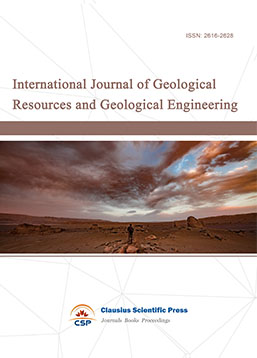
-
Big Geospatial Data and Data Science

-
Solid Earth and Space Physics

-
Environment and Climate Protection
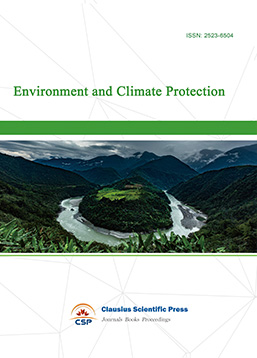
-
Journal of Cartography and Geographic Information Systems

-
Offshore and Polar Engineering

-
Physical and Human Geography
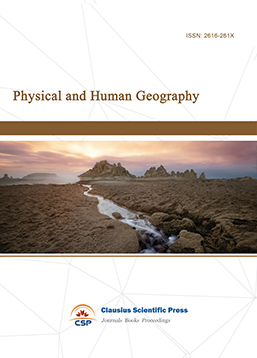
-
Journal of Atmospheric Physics and Atmospheric Environment
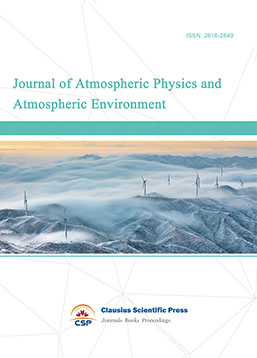
-
Trends in Meteorology

-
Journal of Coastal Engineering Research
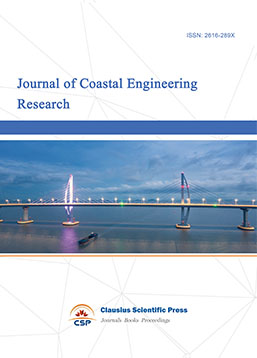
-
Focus on Plant Protection
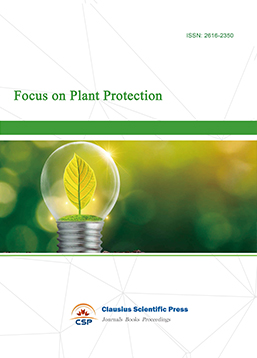
-
Toxicology and Health of Environment

-
Geoscience and Remote Sensing

-
Advances in Physical Oceanography

-
Biology, Chemistry, and Geology in Marine

-
Water-Soil, Biological Environment and Energy

-
Geodesy and Geophysics

-
Journal of Structural and Quaternary Geology
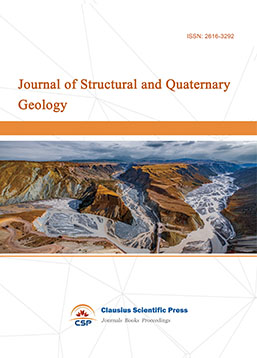
-
Journal of Sedimentary Geology

-
International Journal of Polar Social Research and Review


 Download as PDF
Download as PDF